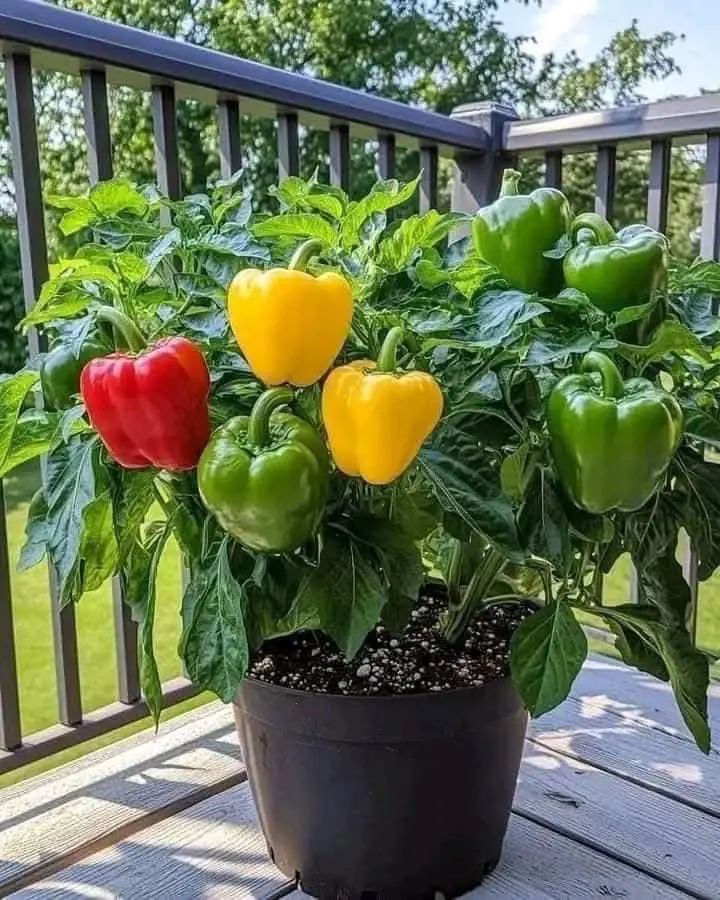
The Power of Yeast: A Natural Booster for Growing Tomatoes, Peppers, and Cucumbers

Yeast, often thought of only as an ingredient for baking or brewing, holds incredible potential as a natural growth booster for plants, particularly for vegetables like tomatoes, peppers, and cucumbers. By harnessing the power of yeast, you can enhance plant growth, improve soil health, and promote stronger, more resilient crops. In this article, we’ll explore how yeast can benefit your vegetable garden and how to use it to grow healthier and more productive tomatoes, peppers, and cucumbers.
What Is Yeast and How Does It Work for Plants?
Yeast is a type of fungus that plays a vital role in fermentation processes, such as bread rising or alcohol fermentation. But beyond its use in food, yeast also contains powerful nutrients like B vitamins, amino acids, and enzymes, all of which can benefit plants in multiple ways.
When yeast is introduced to the soil or used as a foliar spray on plants, it can:
-
Enhance Nutrient Uptake: Yeast encourages beneficial microorganisms in the soil, which can help break down organic matter, making nutrients more accessible to plants.
-
Improve Soil Health: The enzymes and beneficial bacteria in yeast promote a healthier soil environment, enhancing microbial activity and improving soil structure.
-
Boost Plant Immunity: Yeast contains compounds that can stimulate a plant’s natural defense mechanisms, making it less susceptible to pests and diseases.
-
Promote Root Growth: Yeast stimulates root development, encouraging plants to establish a strong root system that helps them absorb nutrients and water more efficiently.
How Yeast Benefits Tomatoes, Peppers, and Cucumbers
Tomatoes, peppers, and cucumbers are all popular garden vegetables, but they can be prone to pests, diseases, and nutrient deficiencies. Using yeast in the garden can help address some of these challenges, leading to healthier, more productive crops. Here’s how yeast specifically benefits each of these vegetables:
1. Tomatoes
Tomatoes are sensitive to changes in soil health and can often suffer from fungal diseases, poor soil drainage, and nutrient imbalances. Yeast can provide several advantages:
-
Fungal Disease Prevention: Yeast’s natural antifungal properties can help protect tomatoes from common soil-borne diseases like blight and powdery mildew.
-
Improved Growth: The B vitamins in yeast support healthy tomato growth, especially during the flowering and fruiting stages, helping to produce larger, juicier tomatoes.
-
Enhanced Nutrient Absorption: Yeast helps break down organic matter in the soil, releasing essential nutrients like nitrogen and phosphorus that are crucial for healthy tomato plants.
2. Peppers
Peppers, particularly sweet and hot varieties, thrive in well-drained soil with good microbial activity. Yeast can help improve the growing conditions for peppers by:
-
Boosting Root Development: Yeast promotes root growth, ensuring that pepper plants can absorb water and nutrients more effectively, leading to stronger plants.
-
Improved Flavor and Yield: By enriching the soil with yeast, peppers receive the nutrients they need to produce higher yields with a more intense, sweeter flavor.
-
Pest Resistance: Yeast can stimulate the production of compounds in peppers that make them more resistant to common pests like aphids and whiteflies.
3. Cucumbers
Cucumbers are known for their fast-growing vines and abundant fruit, but they are also susceptible to various diseases and environmental stressors. Yeast offers multiple benefits for cucumbers, including:
-
Disease Resistance: Yeast’s antifungal properties help protect cucumbers from diseases like powdery mildew and downy mildew, which can stunt growth and reduce yields.
-
Stronger Plants: Yeast helps cucumbers grow faster and stronger, resulting in plants that are better able to withstand drought or fluctuating weather conditions.
-
Increased Fruit Production: By improving soil health and nutrient availability, yeast can help cucumbers produce more fruit with better flavor and texture.
How to Use Yeast for Growing Tomatoes, Peppers, and Cucumbers
There are several methods for using yeast in your garden, whether you’re applying it to the soil, as a foliar spray, or in a compost pile. Here are some simple ways to use yeast to boost the growth of tomatoes, peppers, and cucumbers:
1. Yeast Soil Booster (Soil Drench)
What You Need:
-
1 packet of active dry yeast (about 2.25 teaspoons)
-
1 tablespoon of sugar
-
1 gallon of warm water
How to Use:
-
Dissolve the yeast and sugar in the warm water and let it sit for 15 minutes to activate.
-
Pour the mixture into a watering can and apply directly to the soil around the base of your tomato, pepper, or cucumber plants.
-
Use this mixture once every 2-3 weeks during the growing season to enhance nutrient uptake and improve soil health.
2. Yeast Foliar Spray
What You Need:
-
1 teaspoon of active dry yeast
-
1 gallon of water
-
A few drops of mild liquid soap (to help the mixture stick to the leaves)
How to Use:
-
Dissolve the yeast in water and add a few drops of soap.
-
Pour the mixture into a spray bottle and shake well.
-
Spray the leaves of your plants, focusing on the undersides where pests and fungi often lurk.
-
Apply this spray once every 1-2 weeks to protect plants from fungal diseases and pests.
3. Yeast in Compost
If you make your own compost, adding yeast can help speed up the breakdown of organic matter, enriching the compost with nutrients for your plants.
What You Need:
-
A small amount of active dry yeast (1-2 teaspoons)
-
A small amount of sugar (optional)
-
Water
How to Use:
-
Sprinkle yeast onto your compost pile along with a small amount of sugar.
-
Water the compost pile lightly and mix it well.
-
Let the compost sit for a few days, and you’ll notice that the organic matter begins to break down faster, creating rich, nutrient-dense compost for your garden.
Conclusion
Yeast is a powerful, natural tool for boosting the growth of tomatoes, peppers, and cucumbers. Whether you’re using it as a soil drench, foliar spray, or in your compost pile, yeast can help promote healthier plants, enhance disease resistance, and improve overall plant productivity. By incorporating yeast into your gardening routine, you’ll be able to grow stronger, more resilient vegetables with minimal effort—allowing you to reap the rewards of a bountiful harvest all season long.
News in the same category

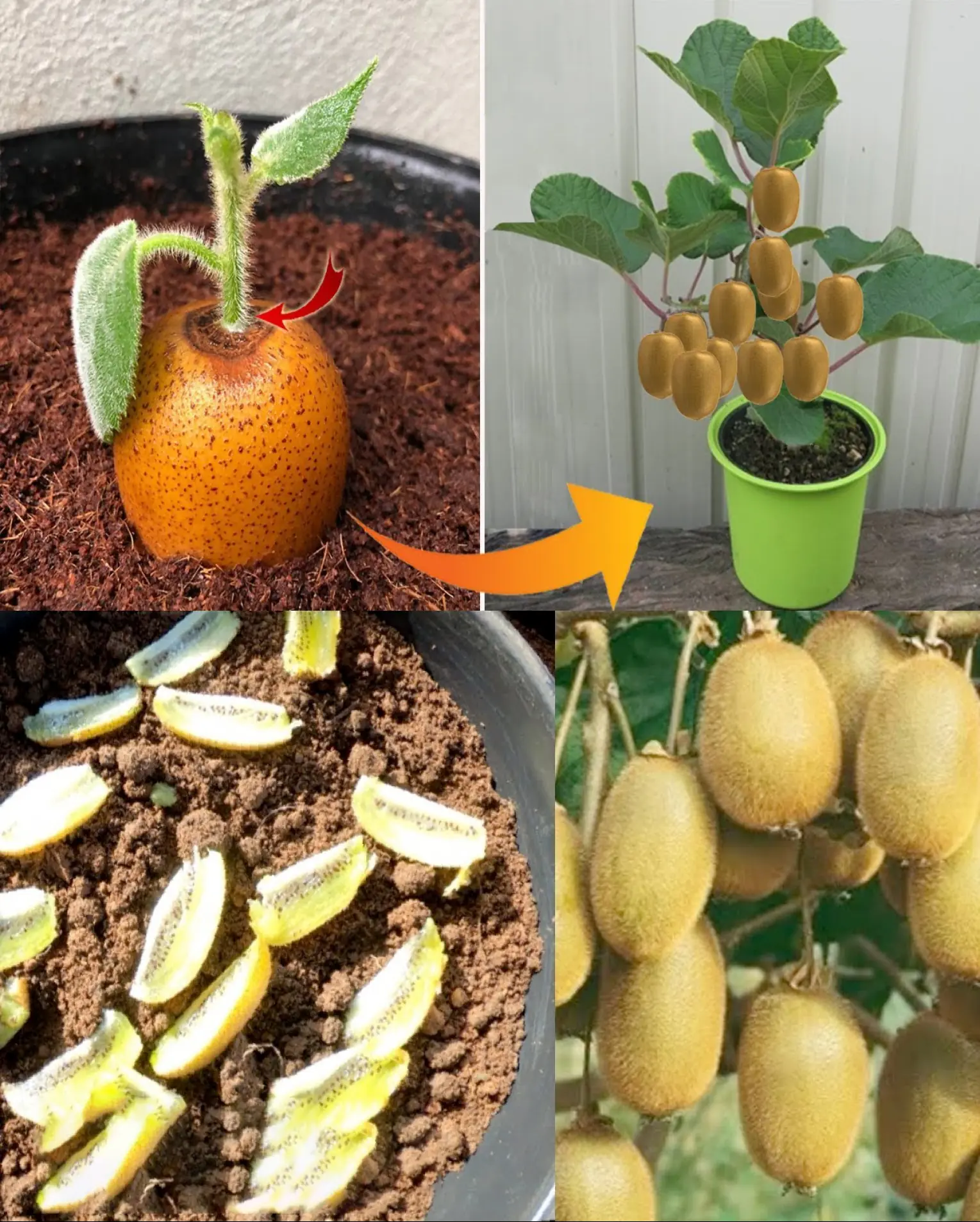
How to Grow Kiwi in Containers at Home
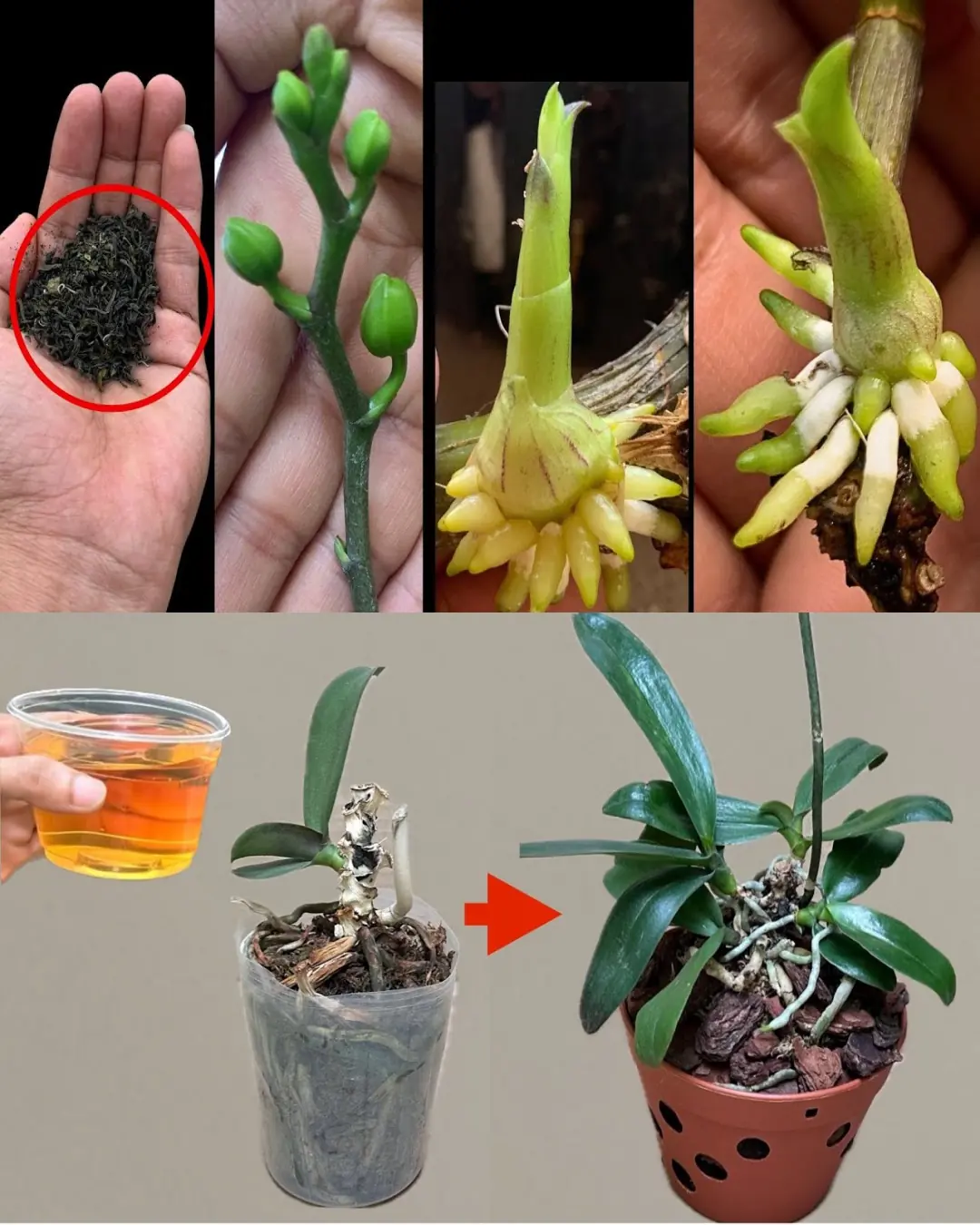
Revitalizing Orchids Using Tea: A Comprehensive Guide with Handy Tips
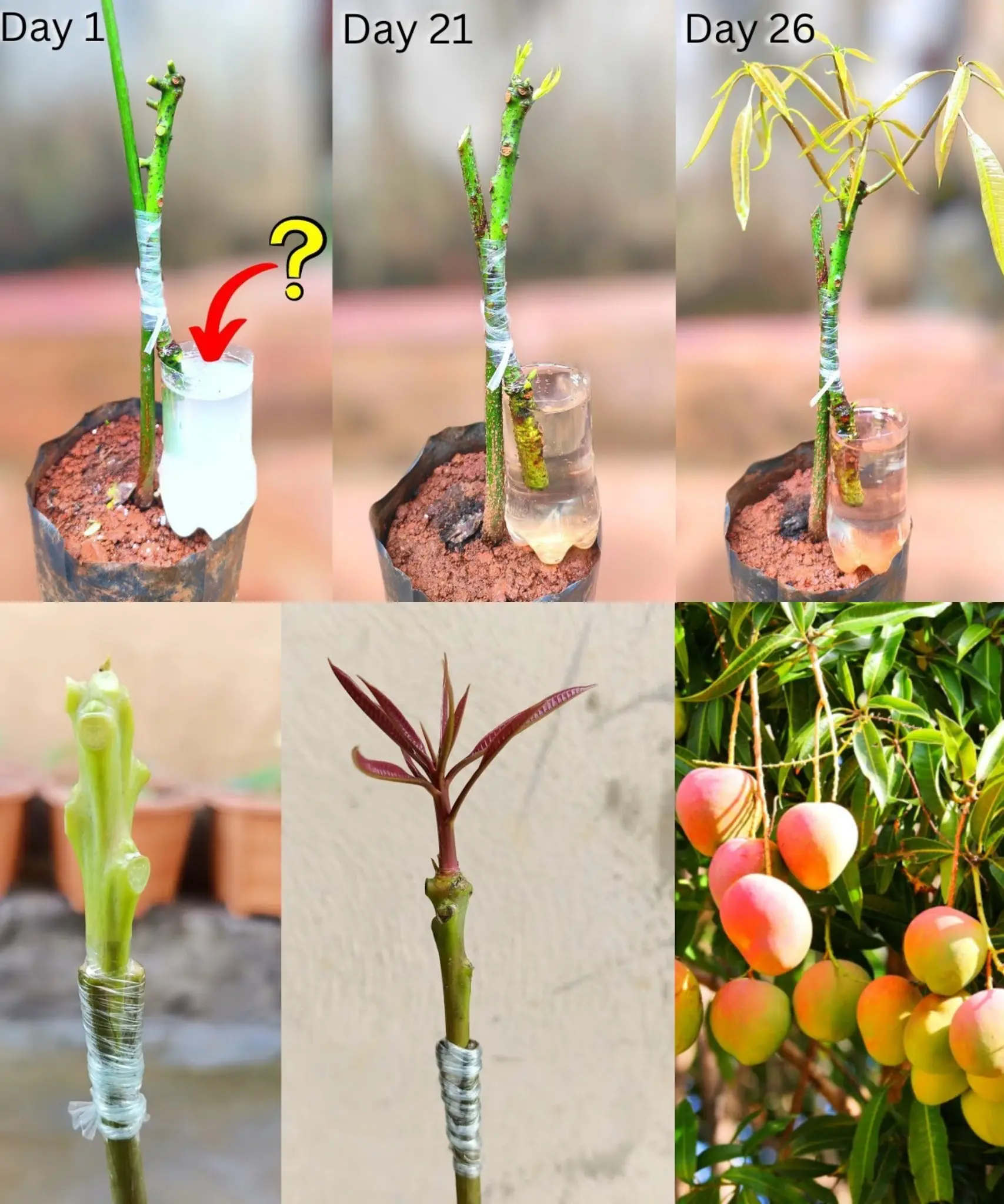
How to Plant a Mango Seed and Successfully Grow
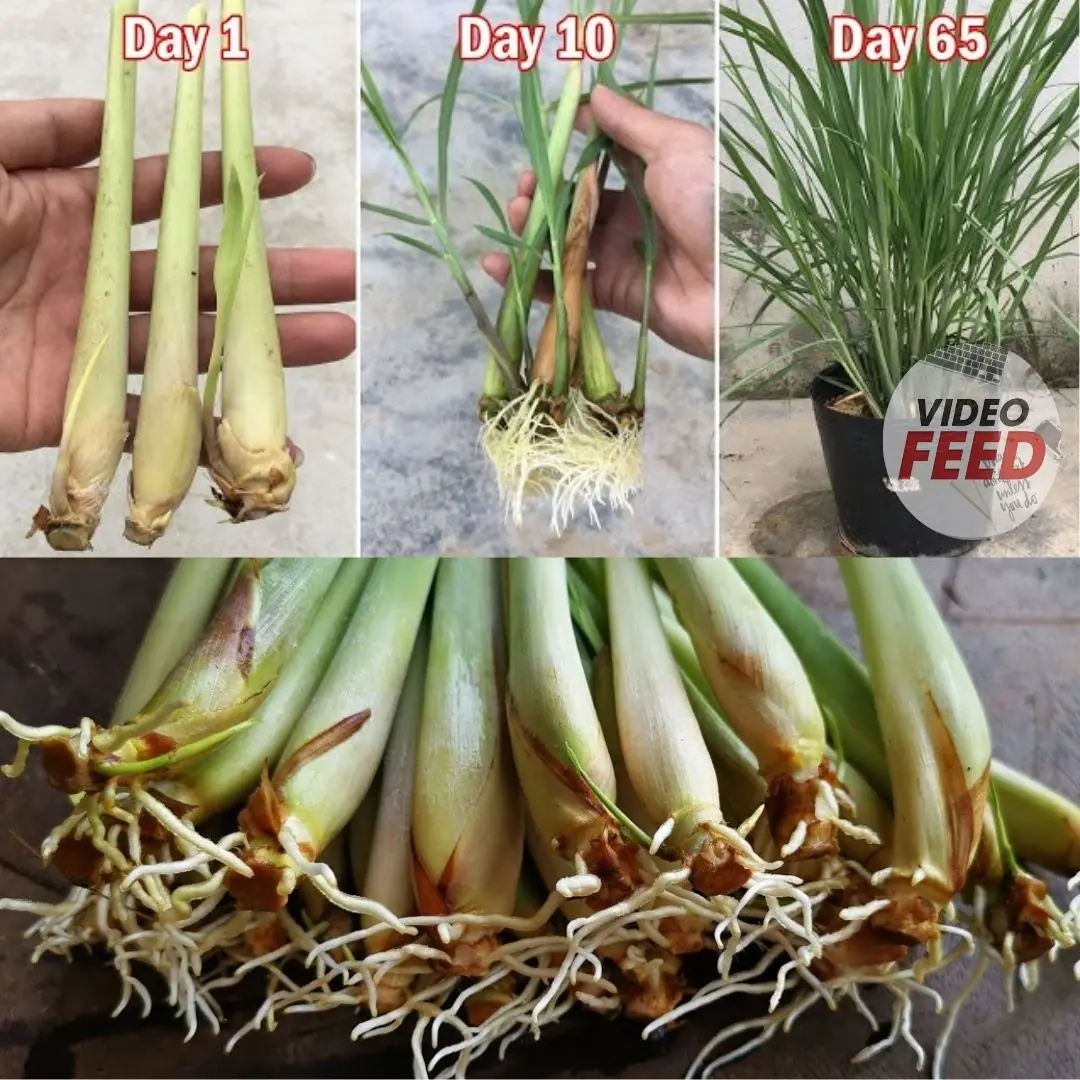
Secrets to growing lemongrass at home – easy to do, suitable for beginners
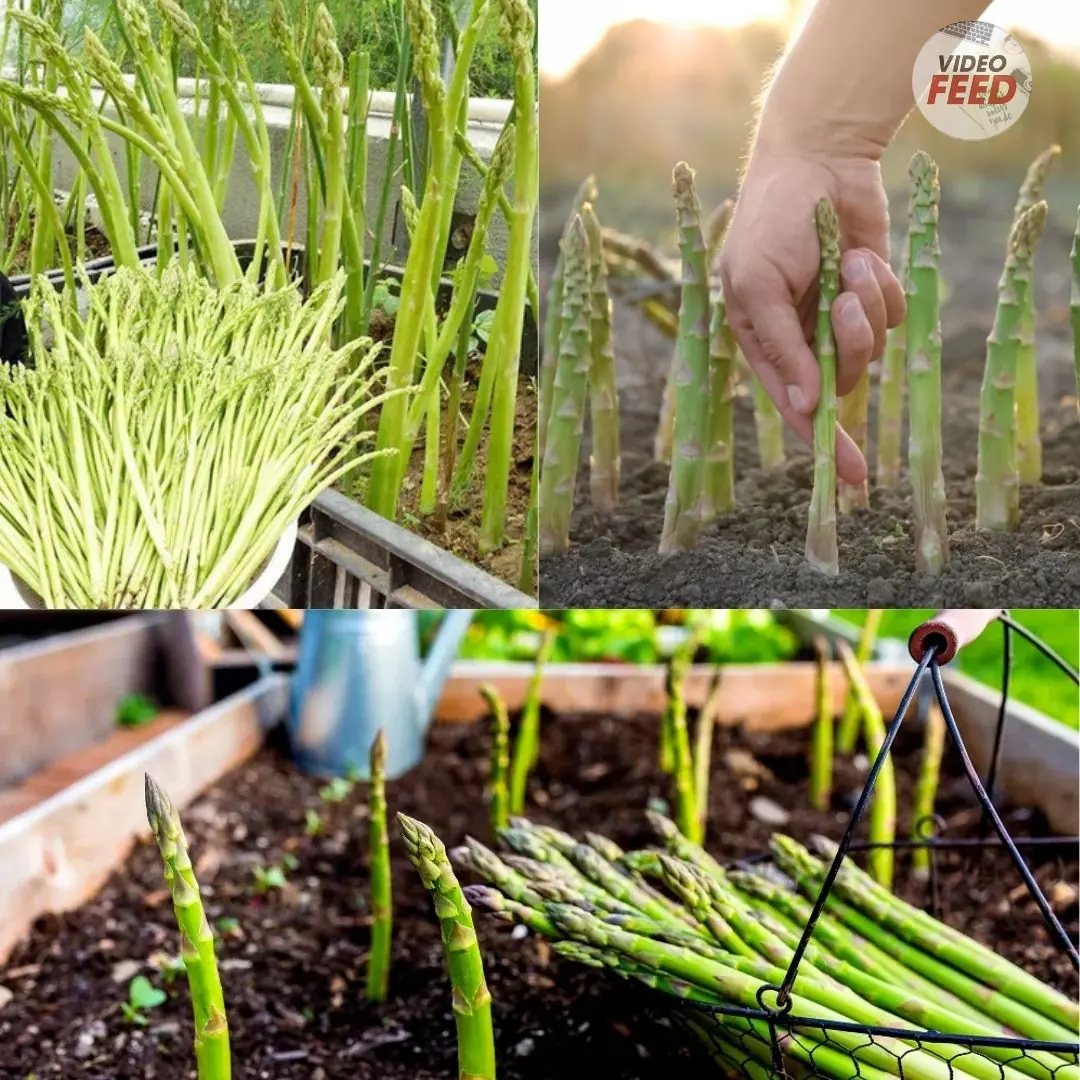
Grow Your Own Asparagus Plants
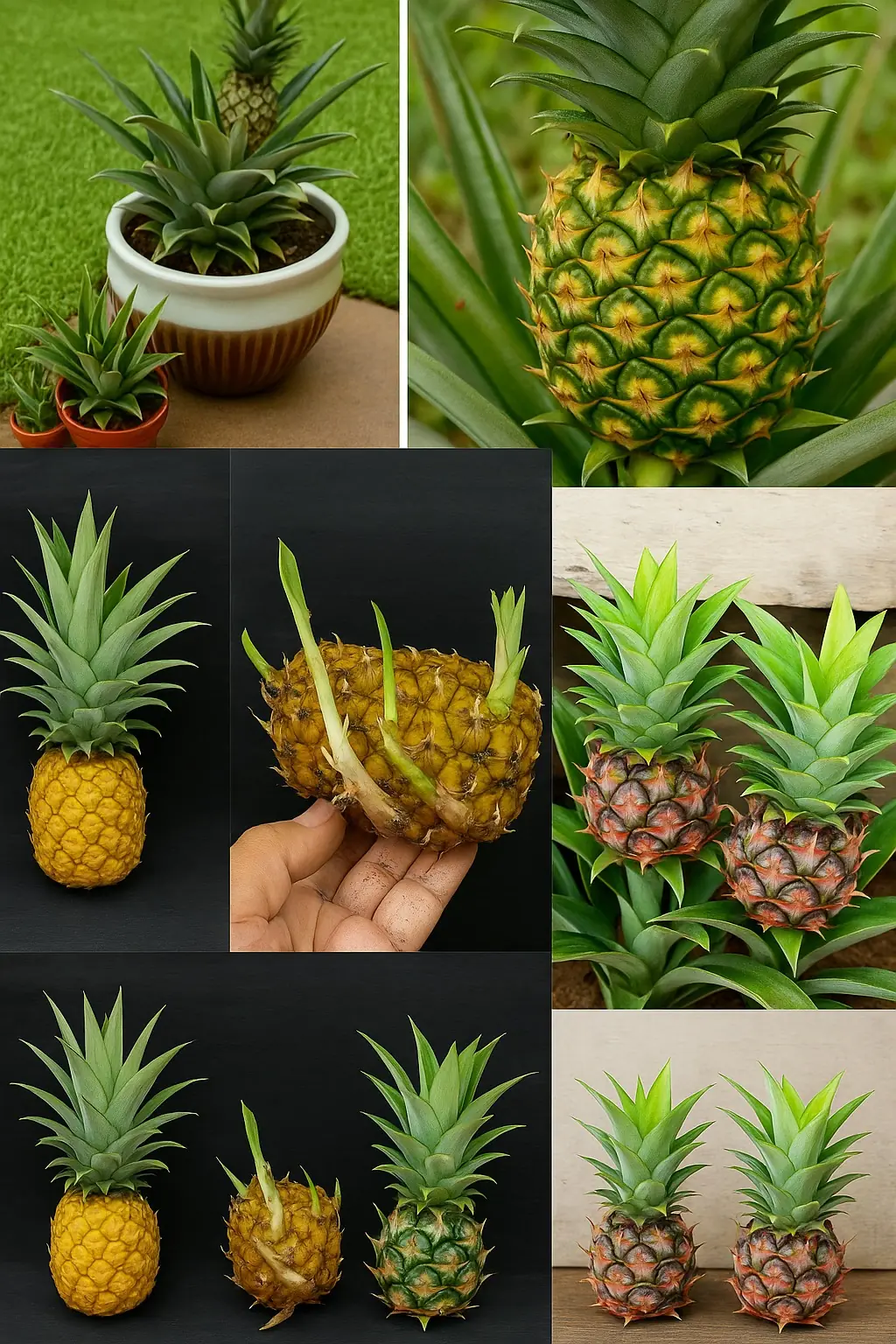
How to Grow a Pineapple at Home: Simple and Fast
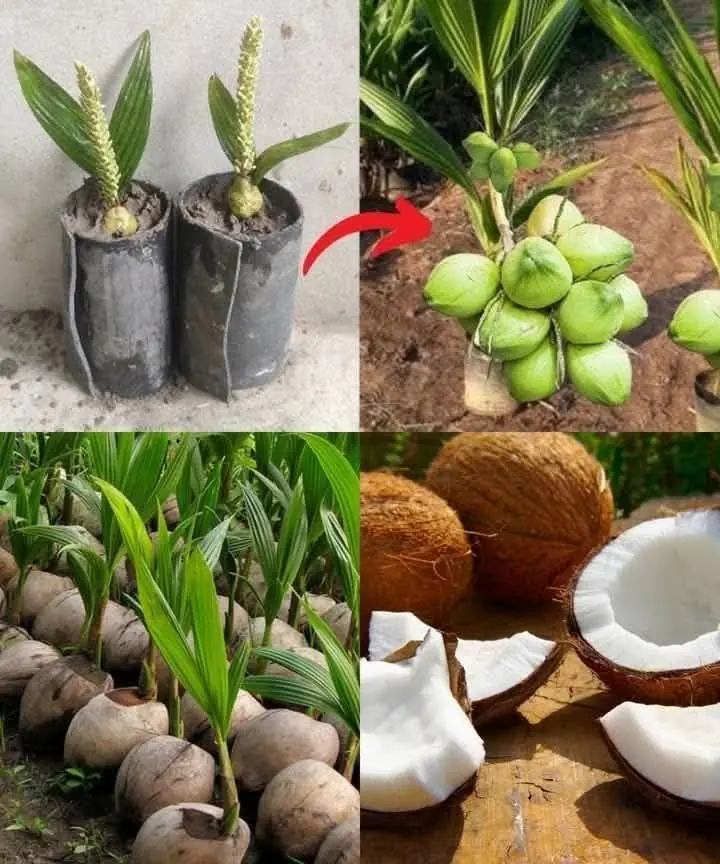
How To Grow Coconut Tree From Coconut Fruit
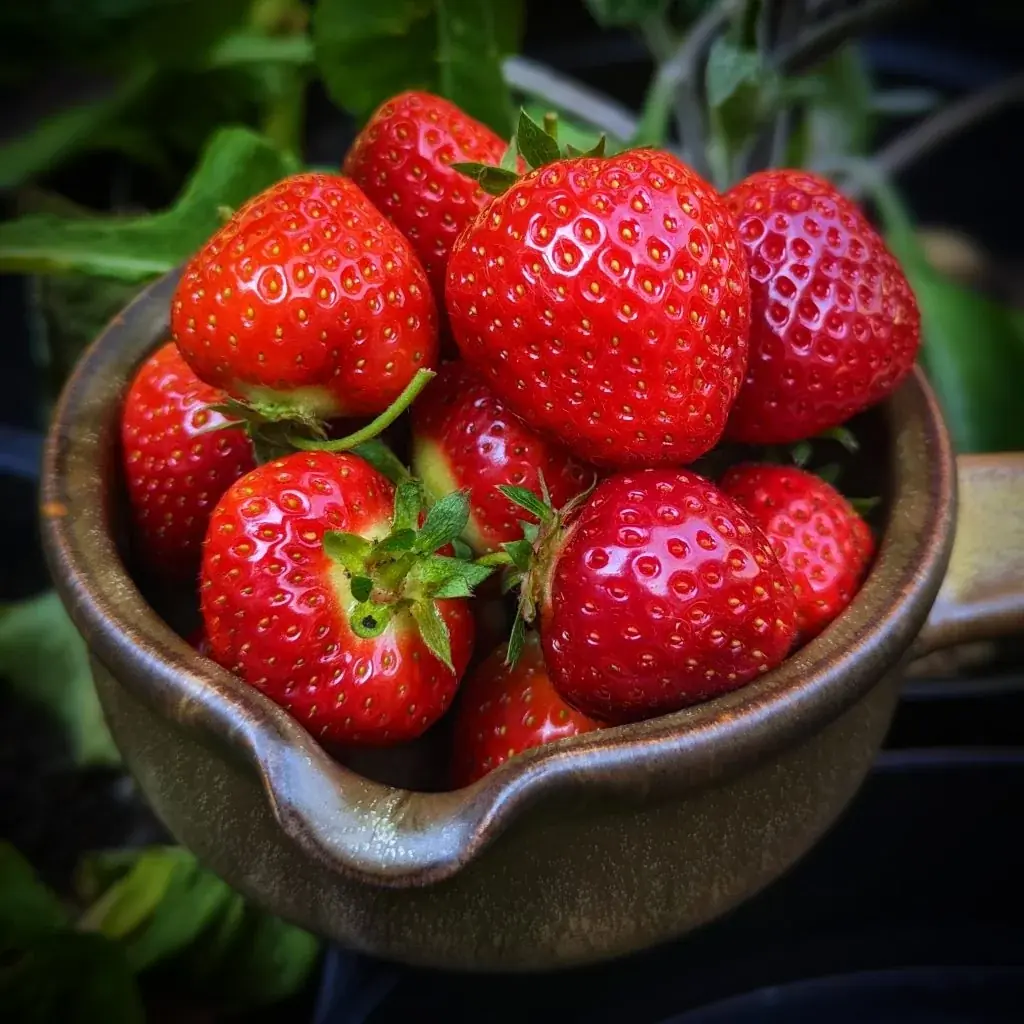
How To Grow Strawberries From Seed
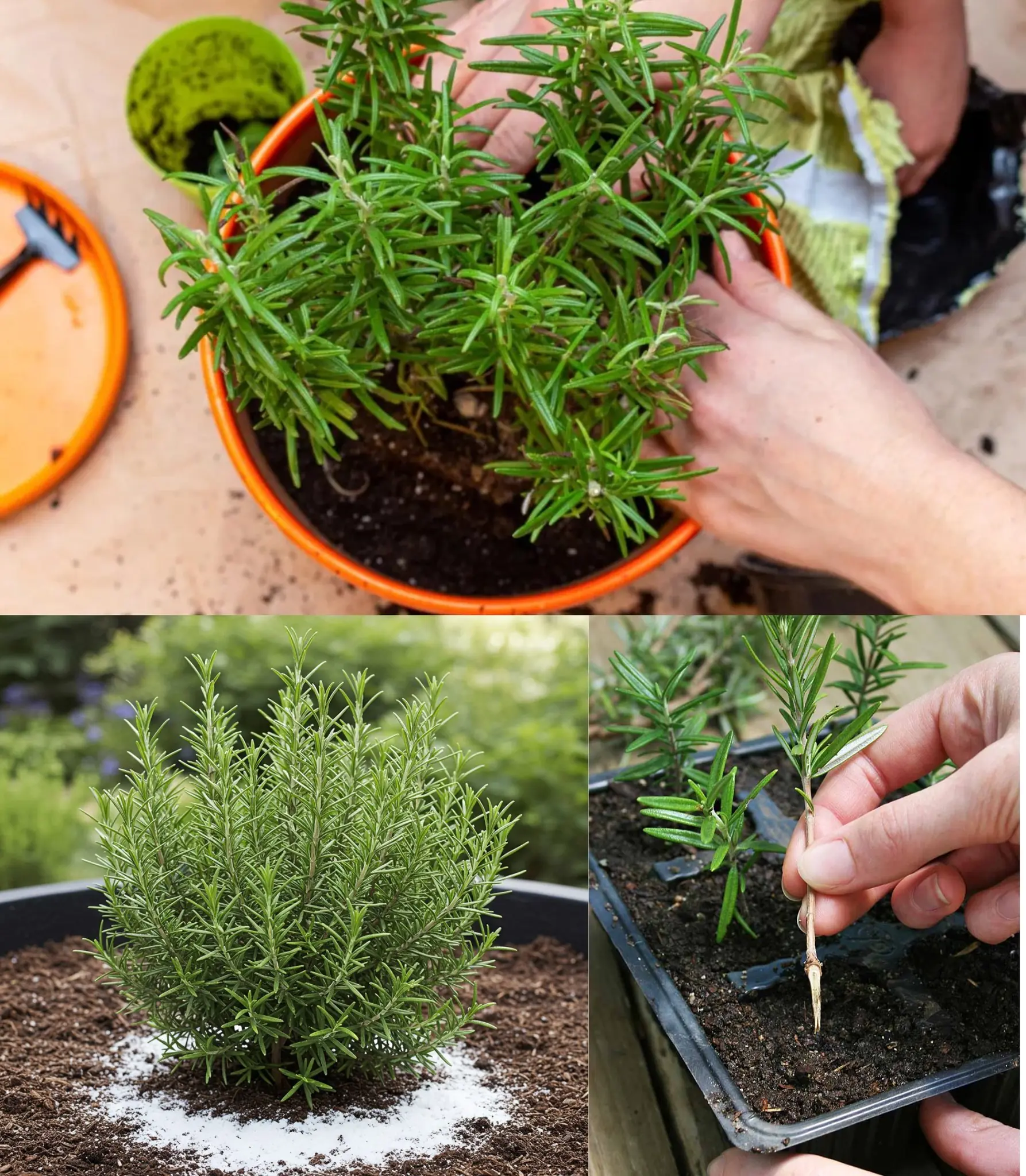
Rosemary Never Dries Again – Here’s the Gardener’s Trick!
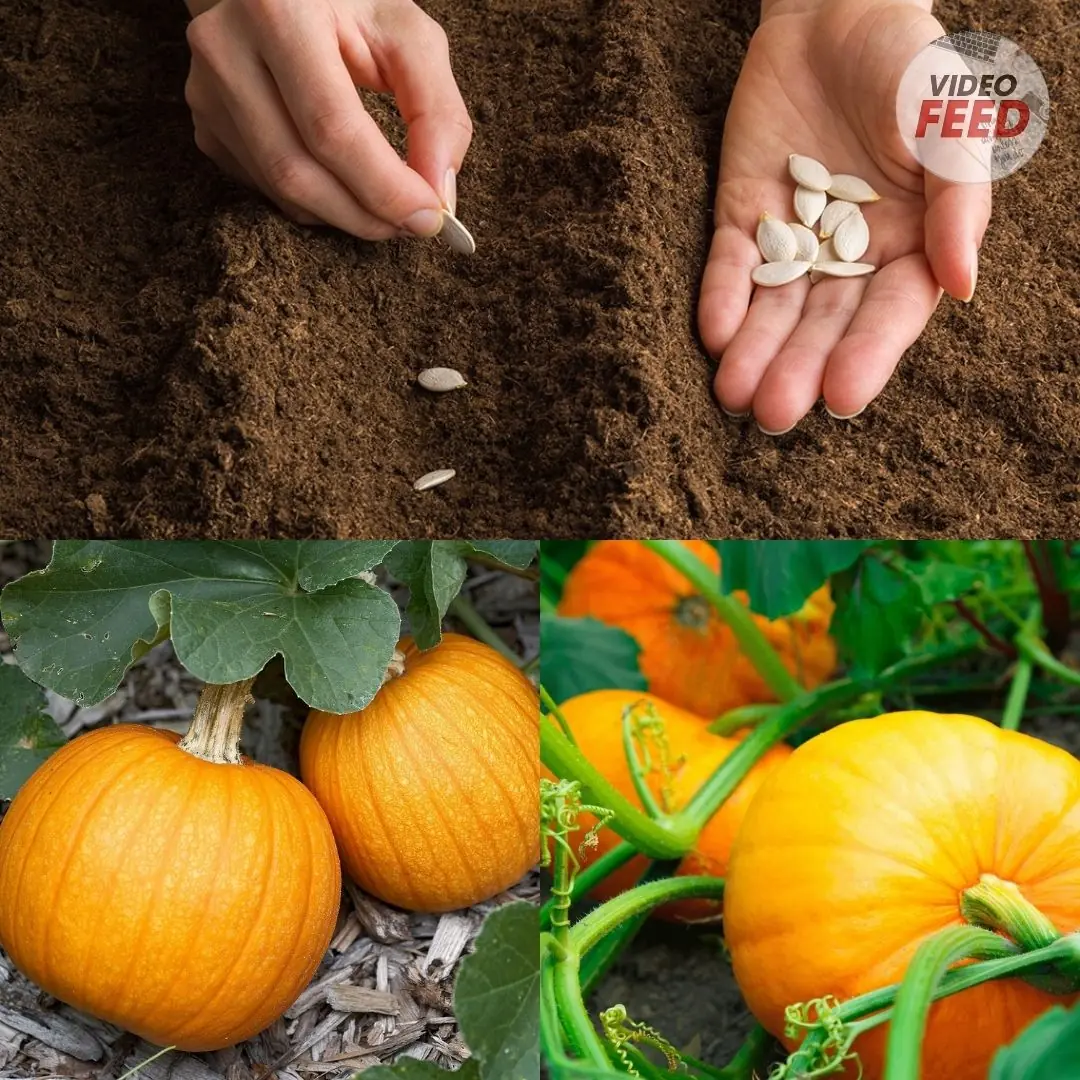
How to Grow Pumpkins in Your Home Garden
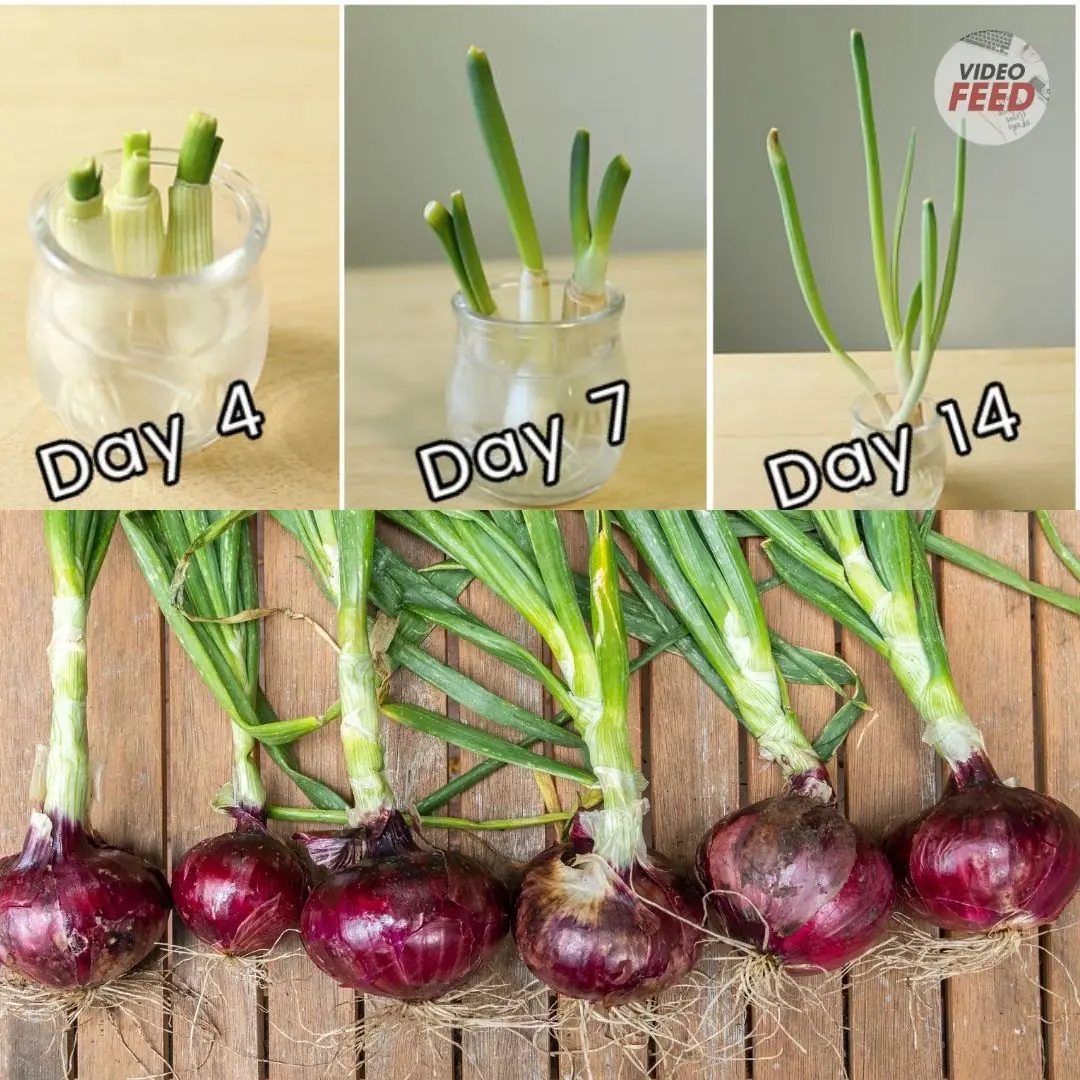
How to Grow and Care for Red Onions in the Garden
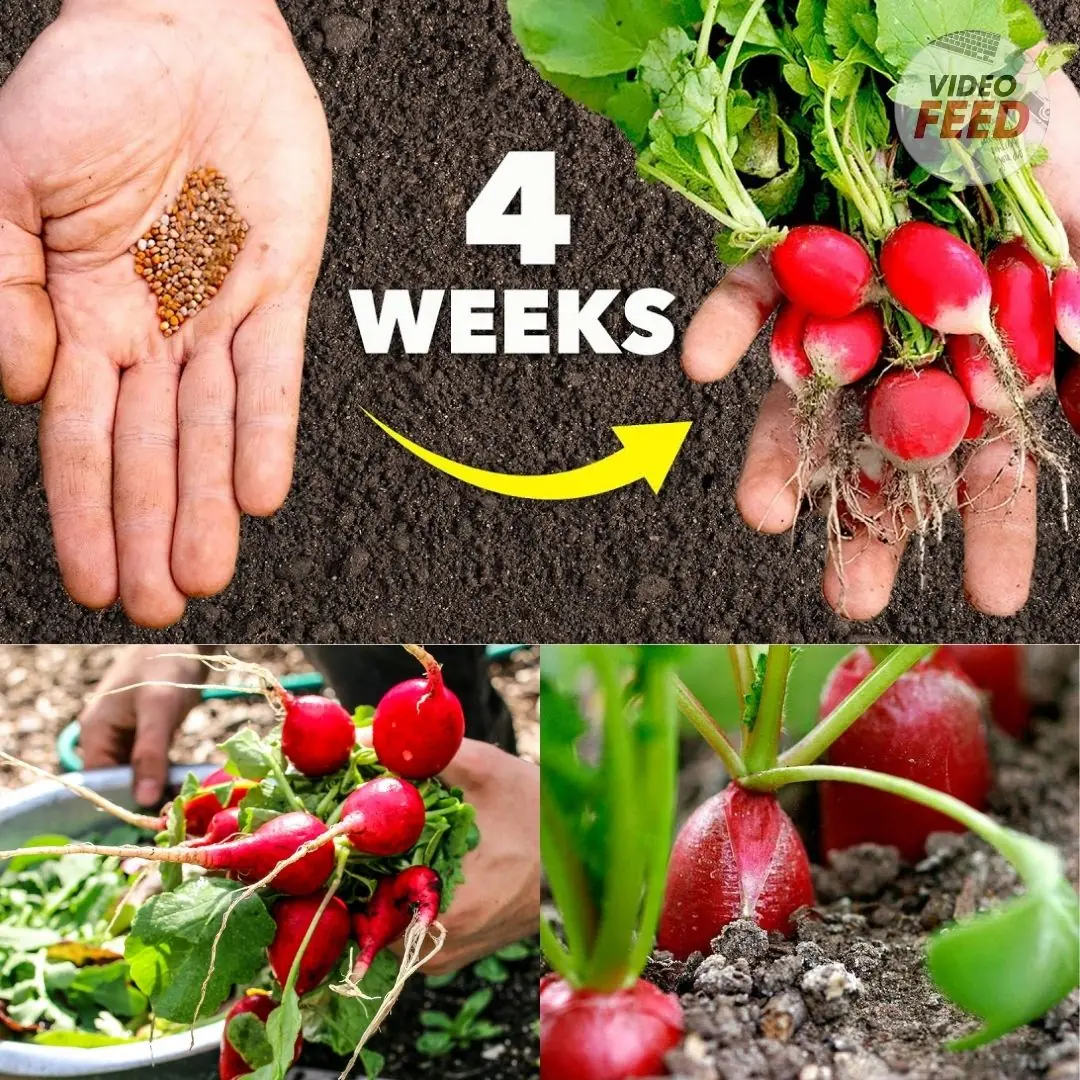
6 Easy Steps to Plant Radish Seeds in an Organic Kitchen Garden
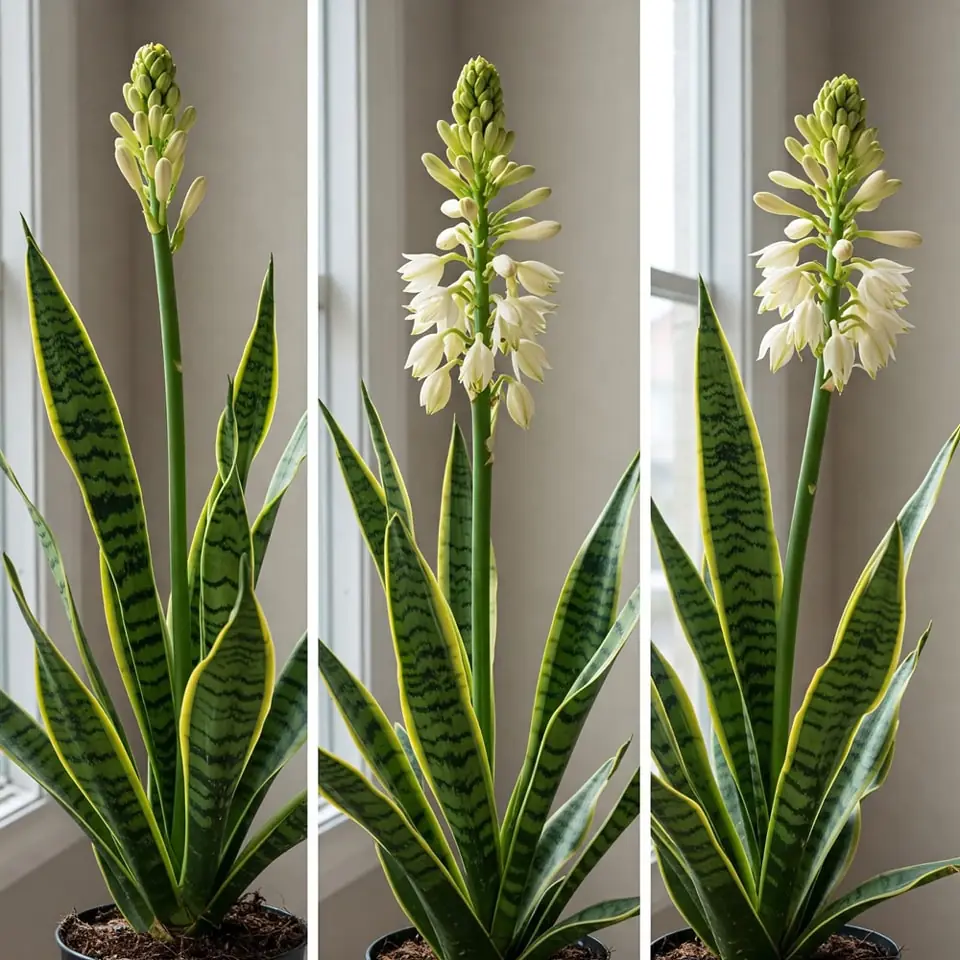
Snake Plants and Their Rare Blooming Phenomenon: A Guide to Encouraging Flowers
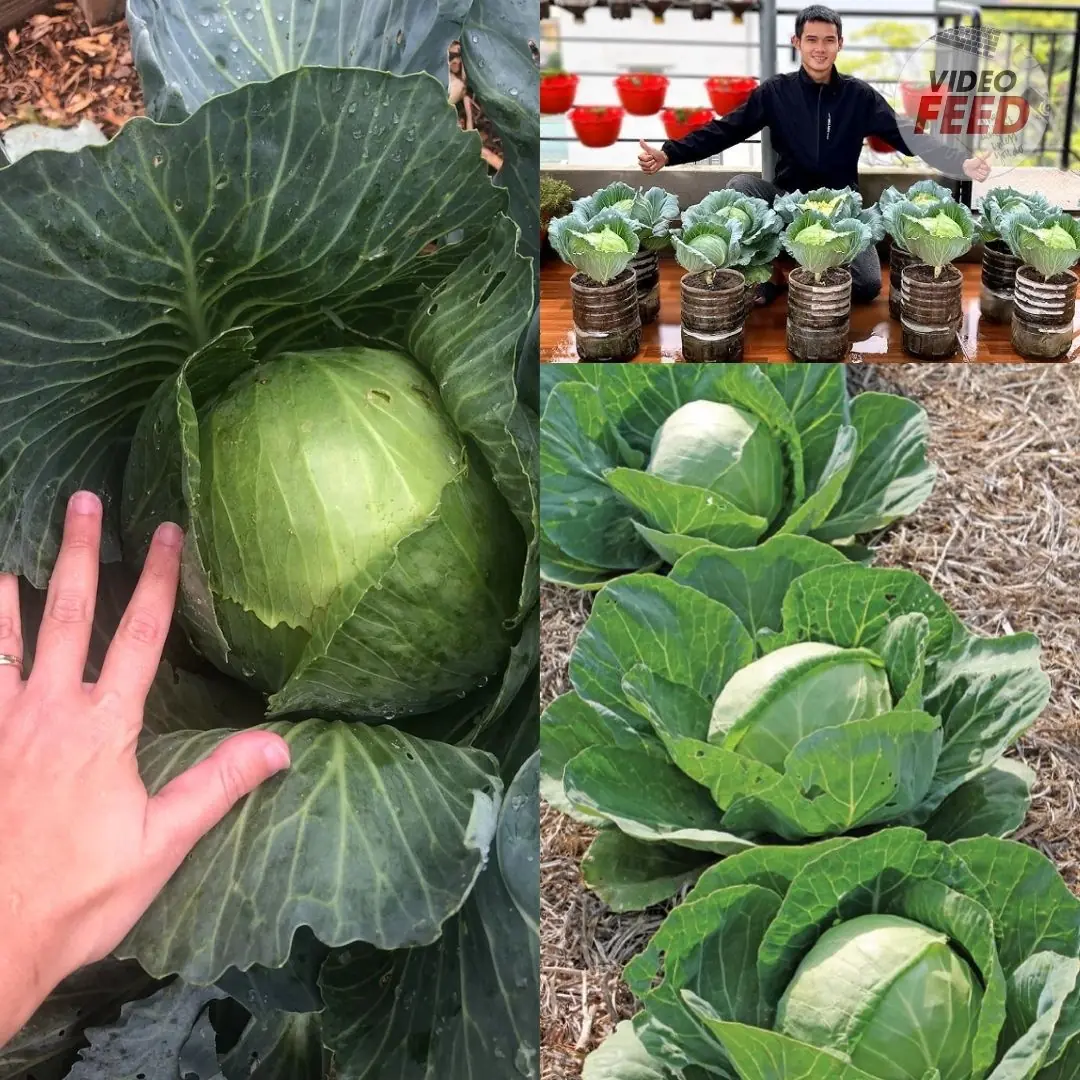
How to Grow Cabbage: 10 Tips for a Successful Harvest
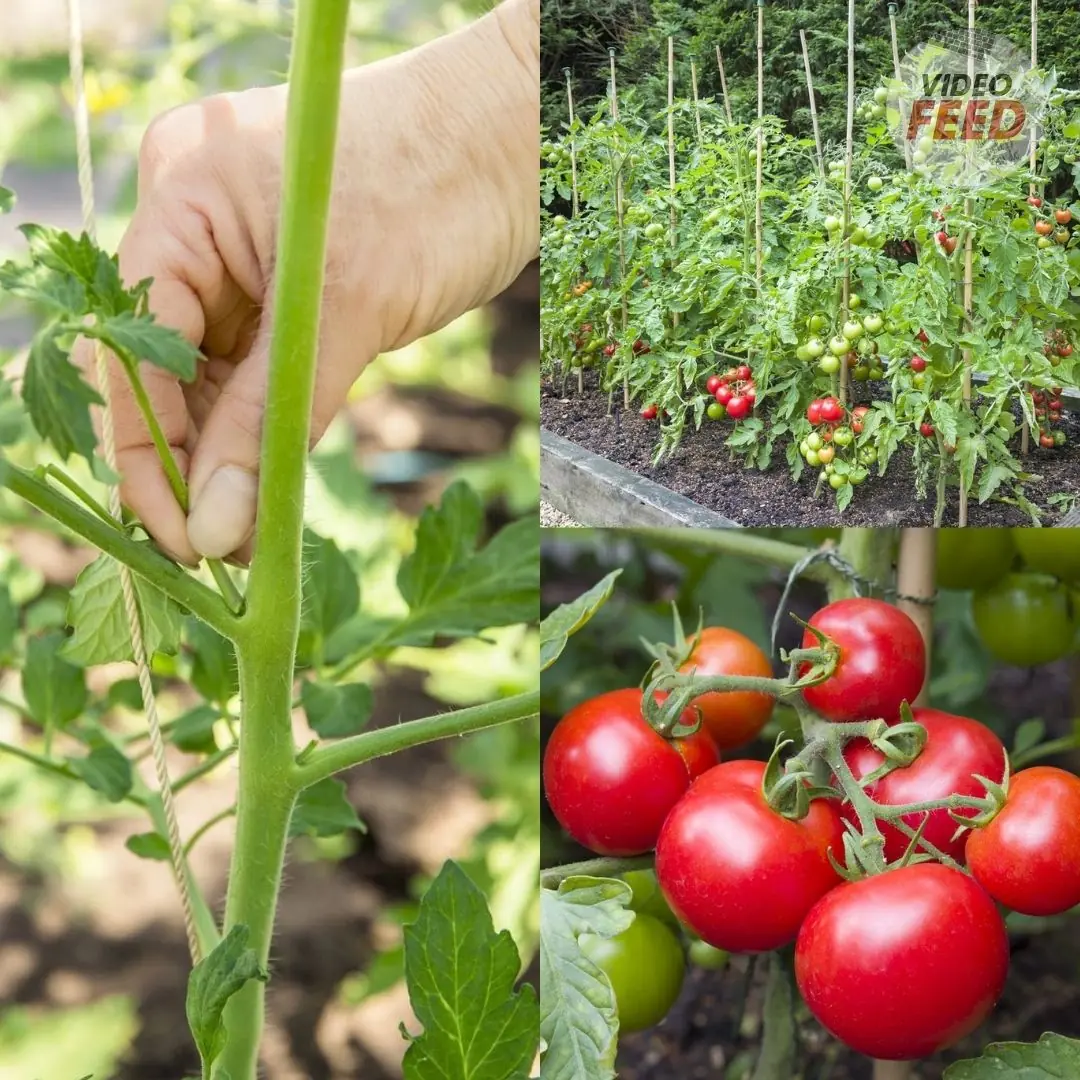
The 8 Biggest Tomato Growing Mistakes, According to Experts
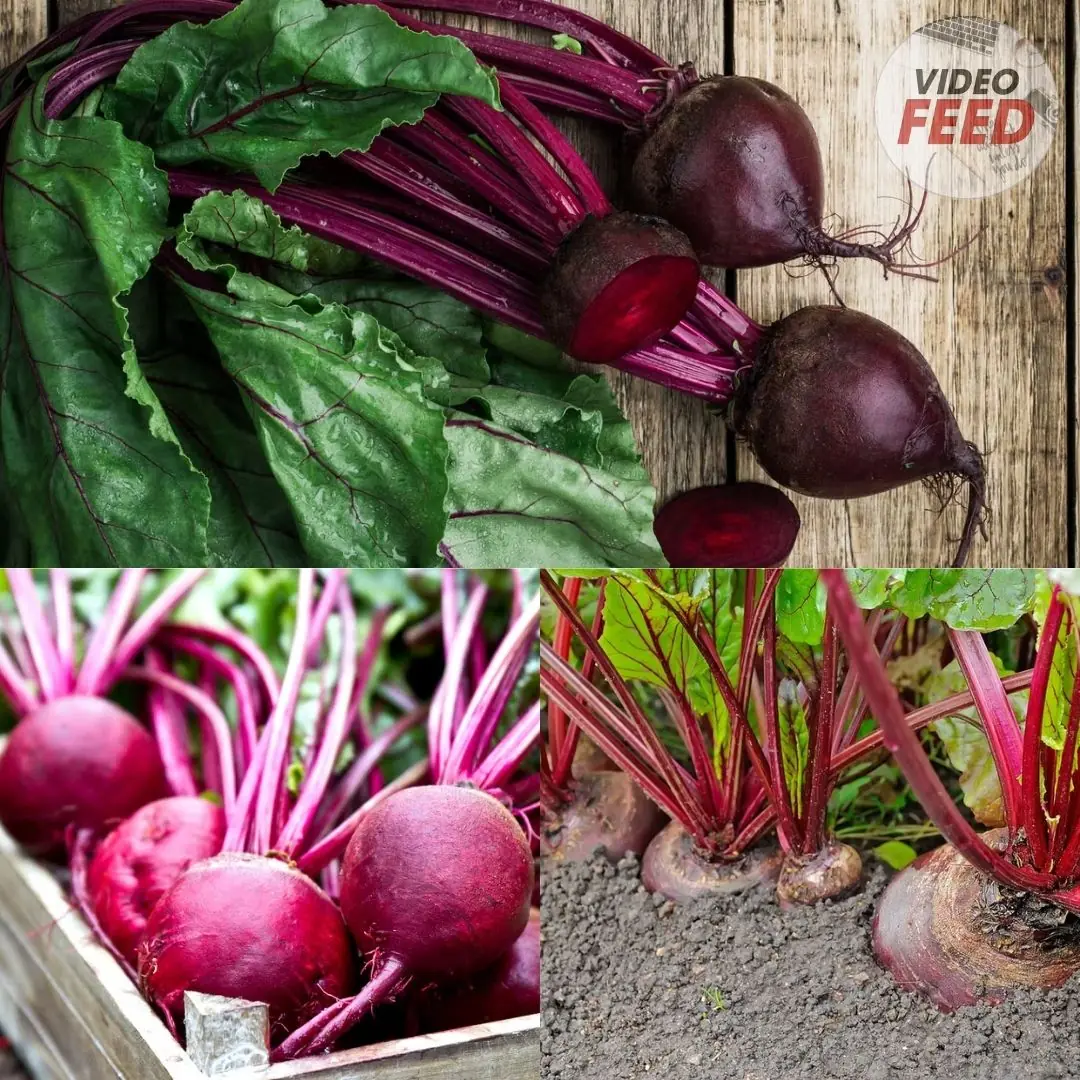
How to Grow Beets This Fall for a Hearty Autumn Harvest
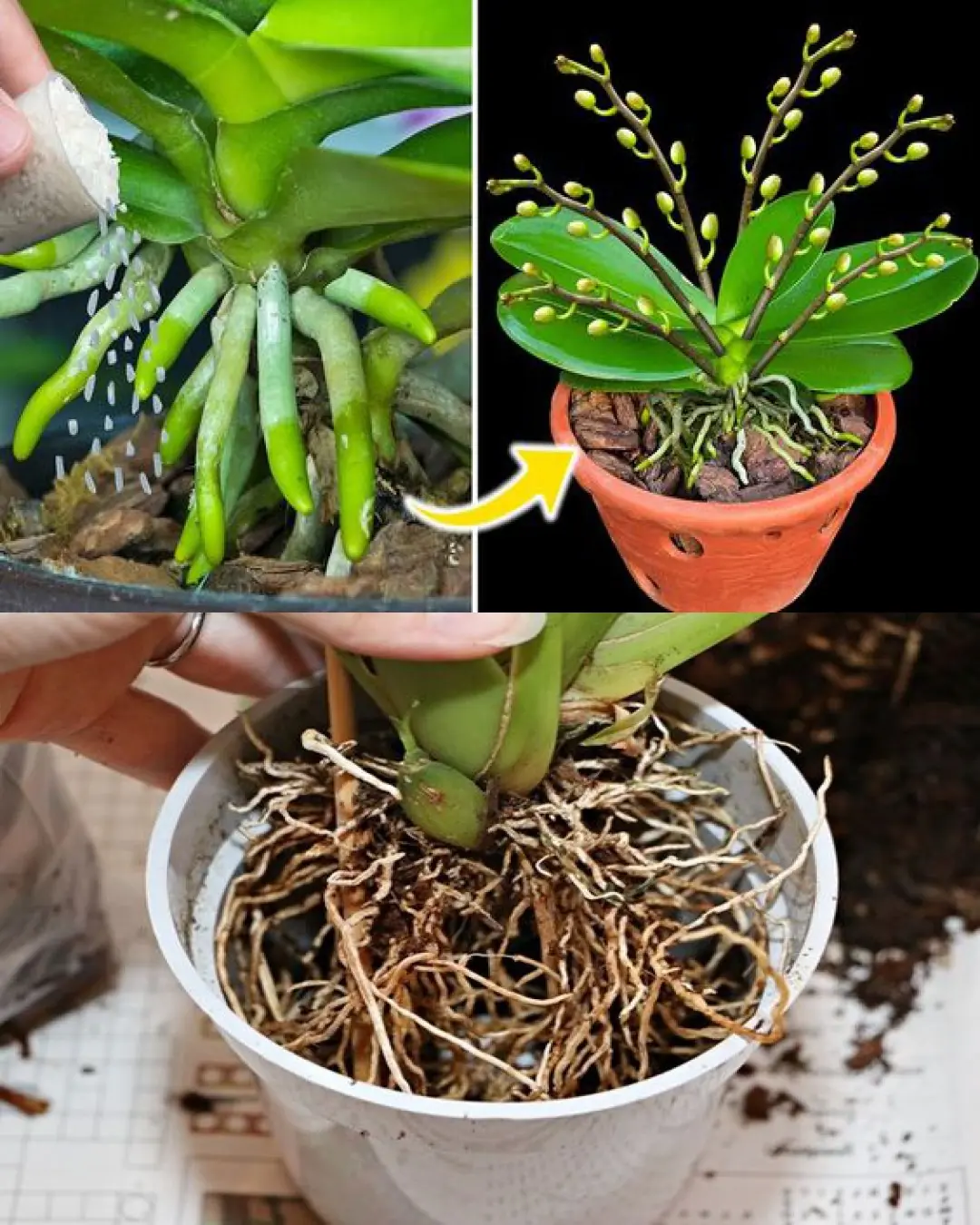
Deciphering Orchid Roots: Reasons They Extend Beyond Pots and Recommended Actions
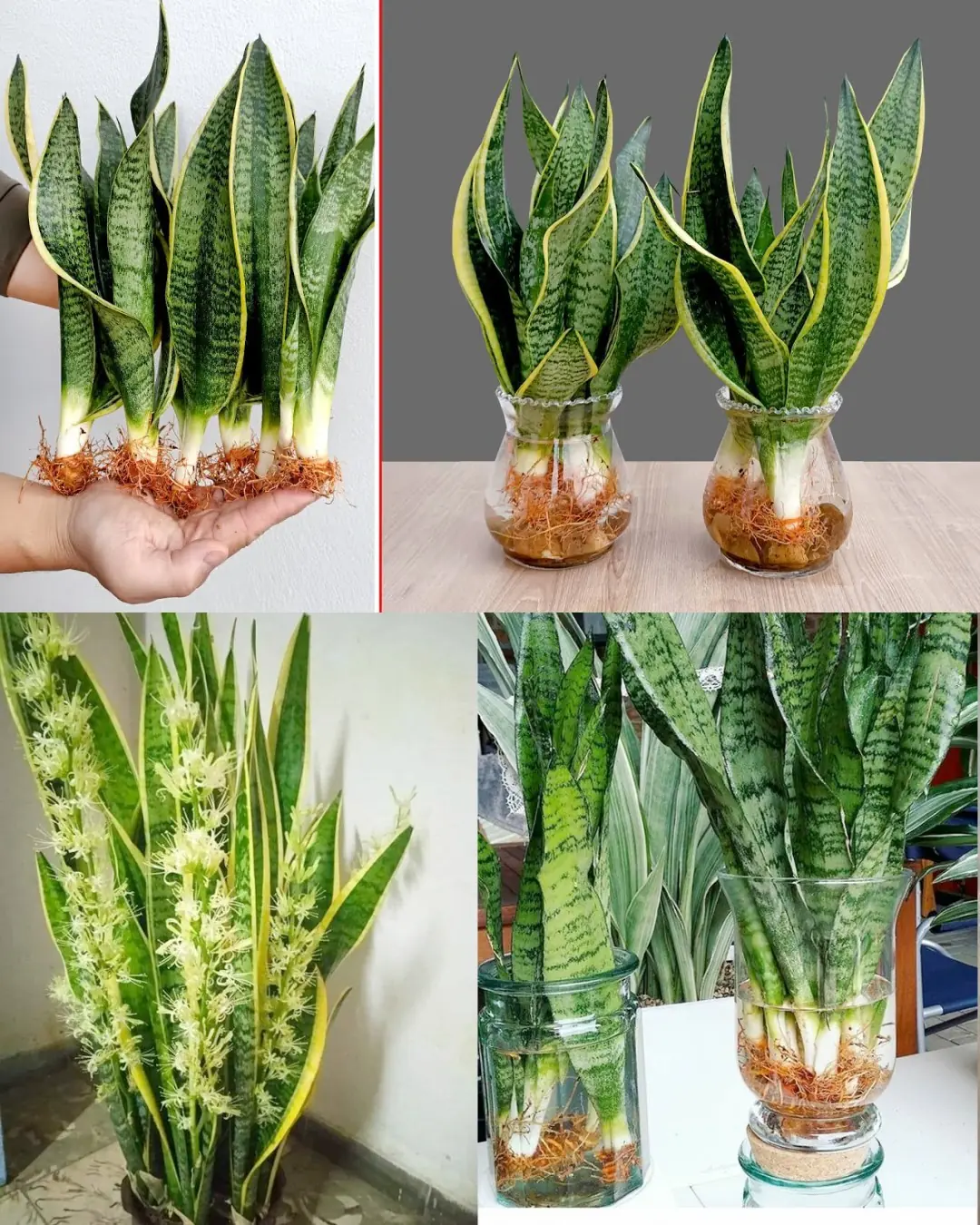
How to Multiply Your Sansevieria Quickly: From One Plant to a Thriving Collection
News Post
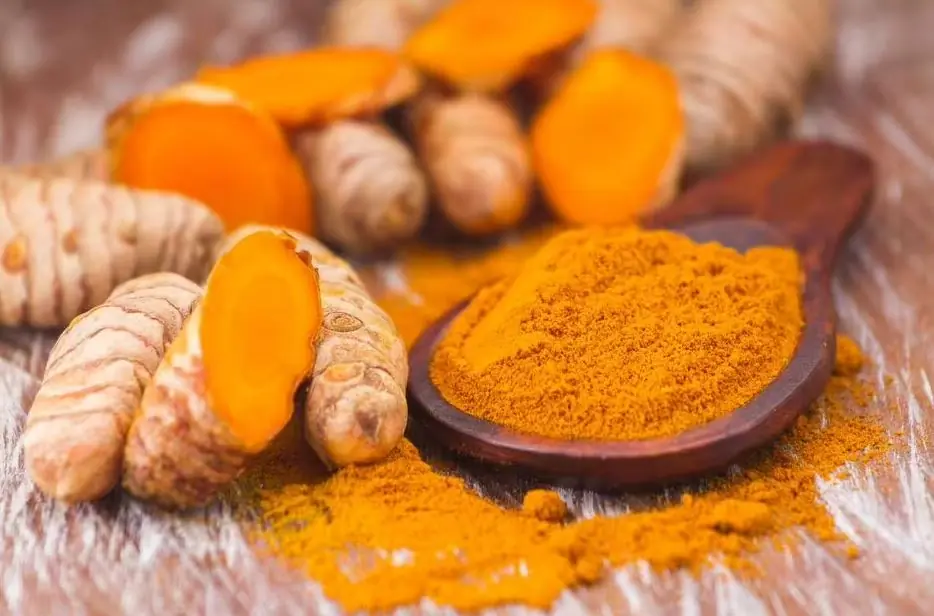
Diabetics are ‘very afraid’ of a spice that is abundant in the market: American experts say it is ‘as good as prescription drugs’

7 “Golden” Summer Vegetables: Fresh, Chemical-Free, and Worth Eating Every Day

Rub Ginger on the Soles of Your Feet Before Bed, and You’ll Experience Its “Miraculous” Health Benefits

When Installing an Air Conditioner, Avoid These 4 Spots to Protect Your Family’s Health

10 Tips for Growing a Big Pepper Harvest

How to Grow Kiwi in Containers at Home

What happens to your body if you drink orange juice every day?

Revitalizing Orchids Using Tea: A Comprehensive Guide with Handy Tips

4 effective ways to ensure your home is free of cockroaches

Are two-headed snakes real? Why does this phenomenon occur?

A cup of hot water can offer many health benefits
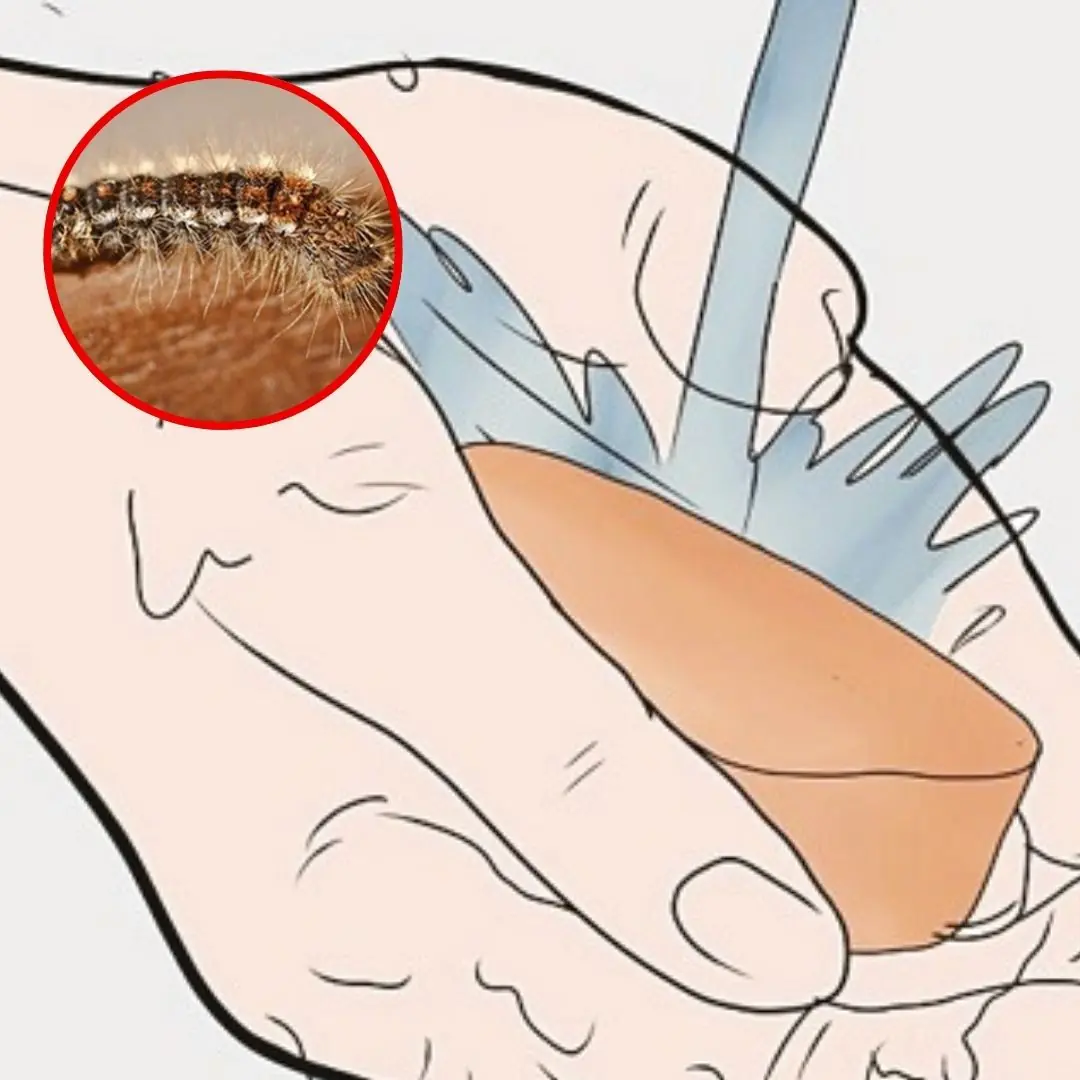
Caterpillar on you: 5 simple steps to treat at home

Otitis media – the “hidden culprit” causing vestibular disorders that many people ignore

Don't drink water before bed but still urinate at night, beware of these 3 diseases

How to Plant a Mango Seed and Successfully Grow

Secrets to growing lemongrass at home – easy to do, suitable for beginners

4 changes in fingers that could be signs of lung can.cer

Grow Your Own Asparagus Plants

Put them in your home and mice will run away
